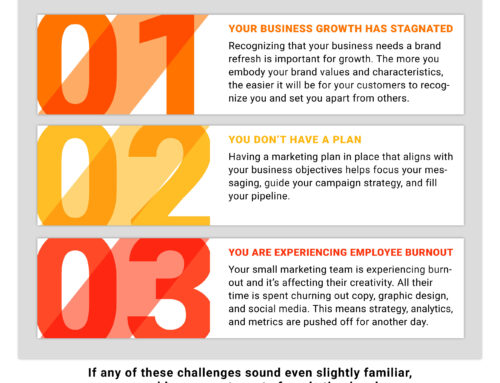What’s ROI got to do with it (PR, that is)?
December 1, 2022
“Many companies waste away millions of dollars trying to establish brands with advertising. Brands are built on what people are saying about you, not what you’re saying about yourself. People say good things about you when (a) you have a great product and (b) you get people to spread the word about it.”
— Guy Kawasaki
Bill Gates once said, “If I had 2 dollars, I would spend one of them on PR.” A wise man indeed. Word of mouth is key to a strong public relations program – it truly is about what people are saying about you, not what you’re saying about yourself. PR is the ultimate branding tool and one of the best ways to get the most bang from your marketing buck.
Many companies spend millions of dollars trying to gain credibility through advertising. Advertising is easier to quantify with MQLs and quantifiable metrics, like click-through-rates, page views and downloads. Essentially, advertising is your company telling the world how great you are. With public relations, measuring the return on investment is not quite as clear-cut as it is far more difficult to get someone else to tell the world why you are the best. There are many intangible ways that PR impacts the business, from driving brand awareness, increasing credibility, creating conversations and building trust.
While PR ‘hits’ are never guaranteed, when they do happen, they create a connection with your brand. The result is a return on investment that’s outside the traditional dollar-for-dollar measurement. So, how can you measure the ROI of your PR efforts?
Agree on measurement goals
One of the biggest challenges in measuring the ROI of PR is that companies don’t clearly define goals upfront and often think of measurement as an afterthought. It’s important to lay out what defines success for your public relations activities and set realistic goals that can be achieved.
Some basic PR measurement tactics that are quantifiable should be based around reach, impressions, share of voice and amount of coverage generated for your activities, rather than monetary outcomes (like increase in sales or website conversions).
Track website traffic generated from links
Organic search is one of the primary drivers of customer leads. A huge factor in increasing your search engine visibility is the number and influence of trusted sites linking back to your website. If a trusted site with a high domain authority, such as Forbes.com, CIO.com or The Guardian, links back to your site in an article, it is basically telling Google and other search engines that the site is more trustworthy.
It also increases your site’s own domain authority, which means that when you publish content it will show up higher in the search results. This will increase your inbound leads from organic search substantially. If you earn one big media win, it can result in more reach than the channel that you used initially to distribute your article, as well as many more links back to your website to further drive up your SEO ranking and increase the ROI of your PR efforts.
While earned media may not translate to immediate revenue, it can place you at the top of your potential buyer’s mind and lead to a purchase further down the road.
Use social media for a two-way dialogue
Thanks to social media, it’s a much richer world for measuring PR efforts. Press clippings and media mentions alone are not enough these days. You need to track online coverage from journalists, influencers, bloggers, Twitter, social sharing, likes, favorites, and LinkedIn comments.
These all take part in the ‘emotion’ side of the conversation you are building and can help you see which of your messages are resonating best with the media. You may also discover new online allies for future campaigns.
Industry awards
Often overlooked as a part of a comprehensive PR program, industry awards are a great way to help raise awareness, gain visibility and establish credibility as leader in your space.
Keep in mind that an award entry doesn’t always result in a win. As a form of tracking, determine how many awards you’ll apply for each year and set a reasonable number for possible wins. Measuring the dollar value of an award can be difficult, but awards can add extra content material to be used socially, with customer and with media outlets.
This is by no means an exhaustive list, but I hope it has given you a good baseline to use in determining how to calculate the value of your PR efforts. Keep in mind that while ROI is certainly important, there are more ways to measure it than just a dollar-for-dollar immediate return.
Your PR program is about building your brand identity, establishing your products credibility, keeping your competition out of the spotlight and forming valuable relationships for your company. This might seem more intangible than a set of numbers to be crunched, but it does play a crucial role in your company’s success.




